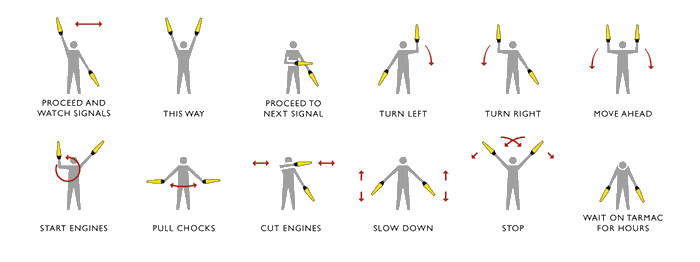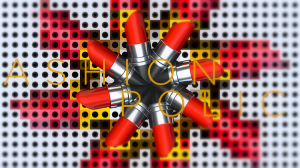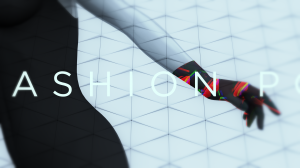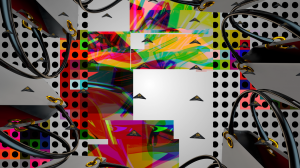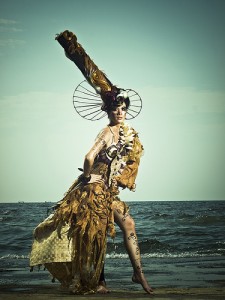Although ET primarily works in numbers and charts, at the heart of his analysis and lessons, is the universal language of creativity — storytelling. ET may specialize in beautifully expressing data, but at its core, it’s still telling a story, something we’re striving to do every day. And the similarities extend from there. Ultimately, ET has many theories on good design, especially this one, from his book Envisioning Information: “Clutter is a failure of design, not an attribute of information.” Here are five more lessons we can apply from ET’s teachings:
Allow for Solitude
Tufte is a champion of forcing audiences to “see without words,” which he explains requires a clear mind. In order to achieve this empty state of openness, sometimes, we need solitude, or at least quiet as our brains aren’t very good at multitasking while engaging in deep, contemplative thought and communication. So deep seeing requires a fairly certain serenity of one’s self, but also a serene environment. And in that way, all the brain’s processing power can veto into seeing.
Don’t Dictate How Others See Things
Tufte warns that designers and marketers often underestimate their audiences, and thus attempt to over-explain with their design, which results in unnecessary clutter and labels that stop the audience from having their own reading of the art, instead only seeing what’s been presented to them. Trust in your audience and let them explore your design on their own. You’ll both be much happier.
Don’t Follow The Trends
Tufte has spent his life pursuing the documentation of “forever knowledge,” or guiding principles for design and data visualization that are not dissimilar to scientific principles in that they can be tested and stand the test of time. Tufte doesn’t believe in following design trends; instead, he encourages you to pursue classic designs that can stand the test of time. This isn’t to say that trends are without merit in our industry, but we should carefully pick and choose which, and how, to integrate.
Approach Design from the Outside In
Good design, according to Tufte, can speak to anyone. As mentioned earlier, this doesn’t mean that we should underestimate our audience and present a watered-down version of anything; alternately, we should consider what they really need and design from there, rather than letting the technology dictate the design. So, just because you have access to Oculus Rift doesn’t mean it’s a good fit for all projects.
Inspiration Can Come From Anywhere
ET cites Swiss Alps maps and traffic controllers’ hand signals as two of his favorite, most inspiring visuals. Okay, so maybe for a numbers geek like Tufte a map makes sense, but the fluorescent cones? They’re a language unto themselves; visual communications parsed down to the most clean and simple level allowed for. You never know what’s going to speak to you, so don’t rule any experience out. You may think you don’t have time to go for that morning surf, but when you’re out on the water, rolling with the waves might just be when the much-needed inspiration strikes.
